Home>diy>Building & Construction>What Is OAC In Construction


Building & Construction
What Is OAC In Construction
Modified: January 5, 2024
Discover what OAC stands for in the field of building construction and how it plays an important role in project management and coordination. Enhance your understanding of this crucial aspect today.
(Many of the links in this article redirect to a specific reviewed product. Your purchase of these products through affiliate links helps to generate commission for Storables.com, at no extra cost. Learn more)
Introduction
When it comes to the field of construction, there is a constant need for effective communication, collaboration, and coordination among various stakeholders. One essential aspect of ensuring smooth project execution is the implementation of Owner-Architect-Contractor (OAC) processes.
OAC in construction refers to a collaborative approach involving the owner, architect, and contractor throughout the entire project lifecycle. It is a framework that fosters open communication, shared decision-making, and joint problem-solving to achieve project goals.
In this article, we will delve deeper into the concept of OAC in construction, its importance, the different phases involved, the roles and responsibilities of the OAC team, the benefits it brings to construction projects, the challenges faced, and best practices for successful implementation.
By understanding the significance and intricacies of OAC, construction professionals can enhance project outcomes, maximize efficiency, and minimize costly mistakes.
Key Takeaways:
- OAC in construction fosters collaboration and communication among owners, architects, and contractors, leading to improved project outcomes, cost savings, and risk management. Early involvement and transparent communication are crucial for successful implementation.
- Challenges in OAC, such as communication barriers and decision-making delays, can be overcome through proactive solutions like clear communication channels, formal conflict resolution mechanisms, and technology integration. Embracing a culture of collaboration and continuous improvement is essential for successful OAC implementation.
Read more: What Is Pre-Construction In Construction
Definition of OAC in Construction
Owner-Architect-Contractor (OAC) in construction is a collaborative process that involves the owner, architect, and contractor working together throughout all stages of a construction project. This approach aims to facilitate effective communication, streamline decision-making, and foster a cohesive working relationship among key stakeholders.
The owner is the individual or entity that owns the construction project and has the ultimate vision and goals for the project. The architect is responsible for designing the project, incorporating the owner’s requirements and ensuring compliance with building codes and regulations. The contractor is responsible for executing the construction work and turning the design into a reality.
At its core, OAC in construction is a framework that seeks to align the goals and expectations of the owner, architect, and contractor, recognizing that their collective expertise and collaboration are crucial for project success. This collaborative and integrated approach helps to address and resolve issues in a timely and efficient manner, ultimately leading to a higher quality end result.
OAC in construction involves regular and structured communication and coordination among the three key parties. It encourages early involvement of the contractor during the design phase, allowing them to provide valuable insights on constructability, feasibility, and cost-saving measures. The owner’s vision is translated into architectural designs that address their needs and expectations, while considering construction constraints and requirements.
Throughout the construction process, the owner, architect, and contractor meet regularly to review progress, discuss any emerging issues, and make collective decisions. This ongoing collaboration ensures that potential problems are identified early on and addressed promptly, minimizing the likelihood of costly rework or delays.
In summary, OAC in construction is a collaborative approach that brings together the owner, architect, and contractor to foster effective communication, streamline decision-making, and ultimately deliver successful construction projects.
Importance of OAC in Construction Process
The implementation of Owner-Architect-Contractor (OAC) processes holds significant importance in the construction industry. It plays a crucial role in ensuring the success of construction projects by fostering collaboration, enhancing communication, and aligning the goals of key stakeholders.
One of the primary benefits of OAC in construction is improved project outcomes. By involving all parties from the early stages, potential issues can be identified and addressed, leading to effective decision-making and minimizing costly errors or rework later on. The collaborative nature of OAC promotes a holistic approach to problem-solving, resulting in a higher quality end product.
OAC also helps to streamline the construction process and reduce project delays. Regular communication among the owner, architect, and contractor ensures that everyone remains informed about changes, potential hurdles, and project updates. This enables proactive decision-making and timely adjustments, preventing bottlenecks that can lead to project delays and increased costs.
Another significant advantage of OAC in construction is the optimization of resources. Through collaboration and shared expertise, the project team can identify opportunities for cost savings, material efficiencies, and design improvements. The contractor’s input during the design phase allows for value engineering and constructability reviews, ensuring that the project can be executed within the allocated budget without compromising quality.
OAC also helps to manage risk effectively. By involving all stakeholders in the decision-making process, potential risks can be identified and mitigated early on. This collaborative approach allows for the development of proactive risk management strategies, ensuring the project remains on track and minimizing the likelihood of unforeseen issues causing significant disruptions.
Furthermore, OAC promotes transparency and accountability in the construction process. Regular meetings, progress reports, and shared documentation create an atmosphere of open communication and trust among the owner, architect, and contractor. This transparency helps to build strong working relationships, fosters effective problem-solving, and encourages a collective sense of responsibility for the project’s success.
In summary, the importance of OAC in the construction process cannot be overstated. It brings stakeholders together, fosters collaboration, enhances communication, optimizes resources, manages risk, and ultimately leads to successful construction projects.
Phases of OAC in Construction
The implementation of Owner-Architect-Contractor (OAC) processes in construction follows a series of phases that span the entire project lifecycle. These phases outline the key activities and milestones that must be achieved for successful collaboration and project execution. While the specific nomenclature and duration of each phase may vary, the essence of the OAC framework remains consistent.
1. Pre-Design Phase: This initial phase involves conceptualizing the project and identifying the owner’s vision, goals, and constraints. The owner, architect, and contractor collaborate to establish project objectives, perform site analysis, conduct feasibility studies, and define the project scope. This phase also includes preparing the necessary legal and regulatory documentation.
2. Design Phase: During this phase, the architect takes the lead in developing the project design. They work closely with the owner to understand their requirements and preferences, while also considering the input from the contractor for constructability and cost implications. Regular meetings and design reviews take place to ensure alignment and to make informed decisions.
3. Construction Phase: Once the design is finalized, the project moves into the construction phase. The contractor starts executing the construction work according to the agreed-upon plans and specifications. Throughout this phase, the owner, architect, and contractor maintain regular communication to address any design clarifications, resolve issues, and ensure the project is progressing as intended.
4. Post-Construction Phase: Once the construction work is complete, the project transitions into the post-construction phase. This phase involves project closeout activities, including final inspections, obtaining certificates of occupancy, and transferring ownership from the contractor to the owner. The architect and contractor provide documentation and guidance to the owner regarding facility operation and maintenance.
It is important to note that OAC in construction is not a linear process; rather, it is iterative and requires ongoing collaboration and communication throughout all phases. As such, meetings, site visits, progress reports, and regular updates are essential to ensure effective coordination and address any emerging issues.
The duration of each phase can vary depending on the size and complexity of the project. However, the key principle of continuous collaboration and involvement of all stakeholders remains constant throughout the OAC framework.
In summary, the phases of OAC in construction span from pre-design to post-construction, with a focus on collaboration, communication, and shared decision-making among the owner, architect, and contractor.
OAC Team Roles and Responsibilities
Owner-Architect-Contractor (OAC) processes in construction involve a diverse set of stakeholders, each with their own roles and responsibilities. The successful implementation of OAC relies on clear delineation of these roles and effective collaboration among the team members. Here are the primary roles and responsibilities of the OAC team:
1. Owner:
The owner is the individual or entity initiating the construction project. Their key responsibilities include establishing project goals, defining the budget and timeline, and providing the overall direction for the project. The owner assumes the ultimate decision-making authority and ensures that the project aligns with their vision and requirements.
2. Architect:
The architect is responsible for translating the owner’s vision into architectural designs that meet functional, aesthetic, and regulatory requirements. Their responsibilities include developing design concepts, preparing detailed drawings and specifications, and coordinating with the owner and contractor to ensure adherence to project goals and constraints. The architect also plays a crucial role in obtaining necessary permits and approvals.
3. Contractor:
The contractor is responsible for executing the construction work as per the approved designs and specifications. Their tasks include procuring materials and equipment, managing construction activities, coordinating subcontractors and vendors, and ensuring adherence to project schedules and quality standards. The contractor must collaborate closely with the owner and architect, providing input on constructability, cost estimates, and value engineering.
4. Project Manager:
The project manager acts as the coordinator and facilitator for the OAC team. They oversee the day-to-day operations of the project, manage communication among stakeholders, and ensure that project objectives are met. The project manager is responsible for scheduling, budgeting, risk management, and coordinating resources to ensure successful project completion.
5. Consultants:
Depending on the nature of the project, additional consultants may be involved, such as structural engineers, mechanical/electrical/plumbing (MEP) consultants, and sustainability consultants. These experts provide specialized knowledge and contribute to the design and construction process, ensuring compliance with relevant standards and regulations.
Effective collaboration and communication among these team members is vital for the success of the project. Regular meetings, progress updates, and documentation sharing help foster a unified approach and ensure that everyone is aligned with the project goals and requirements.
In summary, the OAC team consists of the owner, architect, contractor, project manager, and possibly additional consultants. Each team member has distinct roles and responsibilities, and working together in a collaborative and coordinated manner is essential for the successful execution of the construction project.
OAC stands for Owner, Architect, Contractor meetings in construction. These meetings are crucial for communication, decision-making, and problem-solving throughout the project.
Read more: What Is Construction
Benefits of OAC in Construction Projects
The implementation of Owner-Architect-Contractor (OAC) processes in construction projects brings forth numerous benefits for all stakeholders involved. This collaborative approach enhances project outcomes, improves communication, streamlines decision-making, and maximizes efficiency throughout the entire construction process. Here are the key benefits of OAC:
1. Enhanced Collaboration:
OAC fosters a collaborative environment where the owner, architect, and contractor work together towards a common goal. Regular communication and shared decision-making ensure that all parties are aligned, resulting in a higher quality end product. By engaging in early-stage collaboration, potential issues can be identified and resolved promptly, minimizing costly rework and delays.
2. Improved Communication:
Clear and effective communication is vital for the success of any construction project. OAC promotes open lines of communication among all stakeholders, ensuring that information is shared, questions are addressed, and progress is monitored. Regular meetings and collaboration platforms facilitate real-time communication, enabling quick responses to emerging issues and reducing the likelihood of miscommunication.
3. Streamlined Decision-Making:
In traditional construction approaches, decisions may be made in silos, leading to disjointed processes and potential conflicts. With OAC, decisions are made collectively, leveraging the expertise of the owner, architect, and contractor. By involving all parties in the decision-making process, potential problems and conflicts can be addressed proactively, leading to efficient and informed decision-making.
4. Cost and Time Savings:
The collaborative nature of OAC allows for better cost control and time management. By involving the contractor early in the design phase, potential constructability issues can be identified and resolved, reducing the likelihood of costly changes during construction. Value engineering and constructability reviews can lead to cost savings without compromising project quality. Additionally, regular communication and collaboration help mitigate project delays, ensuring timely completion.
5. Minimized Risk:
Construction projects inherently carry risks, such as design errors, material delays, and unforeseen challenges. OAC enables the identification and mitigation of risks through collaborative risk assessments. By involving all stakeholders in the risk management process, potential risks can be identified early on, and proactive measures can be put in place to minimize their impact. This helps to ensure project success and reduce costly remediation efforts.
6. Quality Assurance:
Incorporating a collaborative approach from the outset ensures a greater focus on quality throughout the project. By involving the contractor’s expertise during the design phase and providing construction insights to the architect, constructability issues can be addressed early on, resulting in designs that are both aesthetically pleasing and practical to construct. This leads to improved construction quality and a higher level of client satisfaction.
In summary, the implementation of OAC in construction projects brings substantial benefits to all stakeholders involved. Enhanced collaboration, improved communication, streamlined decision-making, cost and time savings, risk mitigation, and assurance of project quality are just some of the advantages that OAC offers. By embracing this approach, construction professionals can achieve successful project outcomes and client satisfaction.
Challenges and Solutions in OAC
While Owner-Architect-Contractor (OAC) processes in construction offer numerous benefits, they also come with their fair share of challenges. These challenges can hinder effective collaboration, communication, and decision-making, impacting project outcomes. However, with proactive solutions in place, these challenges can be mitigated. Let’s explore some common challenges in OAC and their potential solutions:
1. Communication Barriers:
Effective communication is vital in any construction project, but miscommunication can hinder progress and lead to misunderstandings. Solution: To overcome communication barriers, establish clear communication channels, such as regular project meetings, digital collaboration platforms, and shared documentation. Encourage open and transparent communication among all stakeholders to ensure everyone is on the same page.
2. Conflict Resolution:
Construction projects involve numerous parties with varying interests, leading to potential conflicts. Solution: Implement a formal conflict resolution mechanism, such as a dispute resolution clause in contracts, to address conflicts quickly and efficiently. Encourage open dialogue and mediation to find mutually beneficial solutions and preserve the collaborative spirit of OAC.
3. Decision-Making Delays:
In OAC, decisions are typically made through a collaborative process involving multiple stakeholders. This can lead to delays if agreement cannot be reached efficiently. Solution: Establish clear decision-making protocols with defined timelines to ensure that decisions are made in a timely manner. Assign roles and responsibilities for decision-making to minimize confusion and facilitate efficiency.
4. Information Overload:
Construction projects generate a vast amount of information, such as design drawings, specifications, and progress reports. Keeping track of and accessing the relevant information can be challenging. Solution: Utilize project management software and document sharing platforms to centralize and organize information. Ensure that all stakeholders have access to the necessary information, while implementing version controls to prevent confusion due to outdated documentation.
5. Lack of Collaboration:
In some cases, stakeholders may struggle to embrace collaboration and may be resistant to sharing information or working together. Solution: Foster a culture of collaboration by emphasizing the value of collective expertise and shared decision-making. Encourage regular communication, collaborative problem-solving sessions, and team-building activities to build trust and foster a collaborative mindset among the OAC team.
6. Technology Integration:
Adopting new technologies and integrating digital tools can be a challenge for some construction professionals. Solution: Invest in training and education to ensure all team members are familiar with the technologies and tools being used. Provide ongoing support and guidance to help stakeholders adapt to and leverage technology for effective communication, collaboration, and project management.
By recognizing these challenges and implementing proactive solutions, construction projects can navigate the OAC process more efficiently. Clear communication, effective conflict management, timely decision-making, organized information management, a collaborative culture, and technology integration are key elements for successful OAC implementation.
In summary, while challenges may arise in the OAC process, they can be overcome with the right strategies in place. By addressing these challenges head-on and implementing proactive solutions, construction professionals can reap the full benefits of OAC and achieve successful project outcomes.
Best Practices for Effective OAC Implementation
To ensure the successful implementation of Owner-Architect-Contractor (OAC) processes in construction projects, it is essential to follow best practices that promote collaboration, communication, and efficient decision-making. By adhering to these practices, stakeholders can maximize the benefits of OAC and achieve successful project outcomes. Here are some key best practices for effective OAC implementation:
1. Early Involvement:
Encourage early involvement of all parties – the owner, architect, and contractor – in the project. This allows for valuable input from the contractor during the design phase, ensuring constructability, cost-effectiveness, and feasibility are considered from the beginning. Early involvement also establishes a collaborative mindset and sets the foundation for effective teamwork throughout the project.
2. Clear Project Goals and Roles:
Establish clear project goals, objectives, and expectations from the outset. Develop a comprehensive project scope that outlines the responsibilities and roles of each team member. Clearly defined roles and expectations help maintain focus, accountability, and mutual understanding among all stakeholders.
3. Open and Transparent Communication:
Promote open and transparent communication among the owner, architect, and contractor. Regularly scheduled meetings and progress updates ensure all stakeholders are informed of project updates, milestones, and potential challenges. Use digital collaboration platforms or project management software to share information, documentation, and updates, ensuring everyone has real-time access to project data.
4. Collaborative Decision-Making:
Implement a collaborative decision-making process where all stakeholders have a voice. Encourage discussions, brainstorming, and problem-solving sessions that engage all parties. Aim for consensus-based decision-making, ensuring that decisions are well-informed and aligned with the project goals. It is essential to establish decision-making protocols and timelines to avoid delays and bottlenecks.
5. Risk Management:
Proactively identify, assess, and manage risks throughout the project lifecycle. Implement a comprehensive risk management plan that involves all stakeholders. Encourage risk assessments, mitigation strategies, and contingency plans to address potential issues before they become significant problems. Regularly review and update the risk management plan as the project progresses.
6. Integrated Project Delivery:
Consider implementing an integrated project delivery (IPD) approach, which further promotes collaboration and shared responsibility. IPD emphasizes early involvement of all stakeholders, including key subcontractors and suppliers, in decision-making and project planning. This approach fosters shared risks and rewards, encouraging effective collaboration and optimized project performance.
7. Continuous Improvement:
Encourage a culture of continuous improvement by regularly evaluating and reflecting on the OAC process. Conduct post-project reviews and lessons learned sessions to identify areas of improvement and best practices. Use feedback from all stakeholders to refine and enhance the OAC process for future projects.
8. Technology Integration:
Leverage technology to enhance communication, collaboration, and project management within the OAC process. Utilize project management software, cloud-based collaboration tools, Building Information Modeling (BIM), and other digital solutions to streamline processes, improve documentation, and foster efficient communication among team members.
By following these best practices, construction professionals can ensure the effective implementation of OAC processes, fostering collaboration, optimizing communication, and maximizing project success. By embracing a collaborative mindset and utilizing technology, projects can be executed more efficiently, resulting in improved outcomes for all stakeholders involved.
Conclusion
Implementing Owner-Architect-Contractor (OAC) processes in construction projects is key to achieving successful outcomes. It promotes collaboration, enhances communication, streamlines decision-making, and maximizes efficiency throughout all phases of the project. By bringing together the owner, architect, and contractor in a collaborative framework, construction professionals can create a cohesive team that works towards a common goal.
OAC fosters enhanced collaboration among stakeholders, enabling them to leverage their collective expertise and experience. Through regular communication, shared decision-making, and problem-solving, potential issues can be identified and addressed early on, minimizing costly rework and delays. The integrated approach of OAC ensures that all project requirements are considered, resulting in improved project outcomes and client satisfaction.
Clear roles and responsibilities, along with open and transparent communication, are crucial for effective OAC implementation. Regular meetings, progress updates, and documentation sharing help maintain alignment and address emerging issues promptly. By utilizing project management software and digital collaboration tools, information can be centralized and easily accessible to all team members, improving efficiency and reducing errors.
OAC also brings inherent benefits such as cost and time savings, risk mitigation, and improved quality assurance. By involving the contractor in the design phase, potential constructability issues can be identified early on, leading to optimized project budgets and schedules. Proactive risk management strategies can help mitigate the impact of potential risks, ensuring project success.
To maximize the value of OAC, it is crucial to follow best practices that foster collaboration and emphasize continuous improvement. Early involvement, clear project goals and roles, collaborative decision-making, risk management, and technology integration are key components for successful OAC implementation.
In conclusion, OAC processes in construction projects have proven to be invaluable in promoting collaboration, communication, and efficiency. By embracing the principles of OAC, construction professionals can overcome challenges, optimize processes, and deliver projects that exceed client expectations. With a focus on effective communication, collaborative decision-making, and the utilization of technology, the industry can continue to evolve, thrive, and improve the way construction projects are executed.
Frequently Asked Questions about What Is OAC In Construction
Was this page helpful?
At Storables.com, we guarantee accurate and reliable information. Our content, validated by Expert Board Contributors, is crafted following stringent Editorial Policies. We're committed to providing you with well-researched, expert-backed insights for all your informational needs.



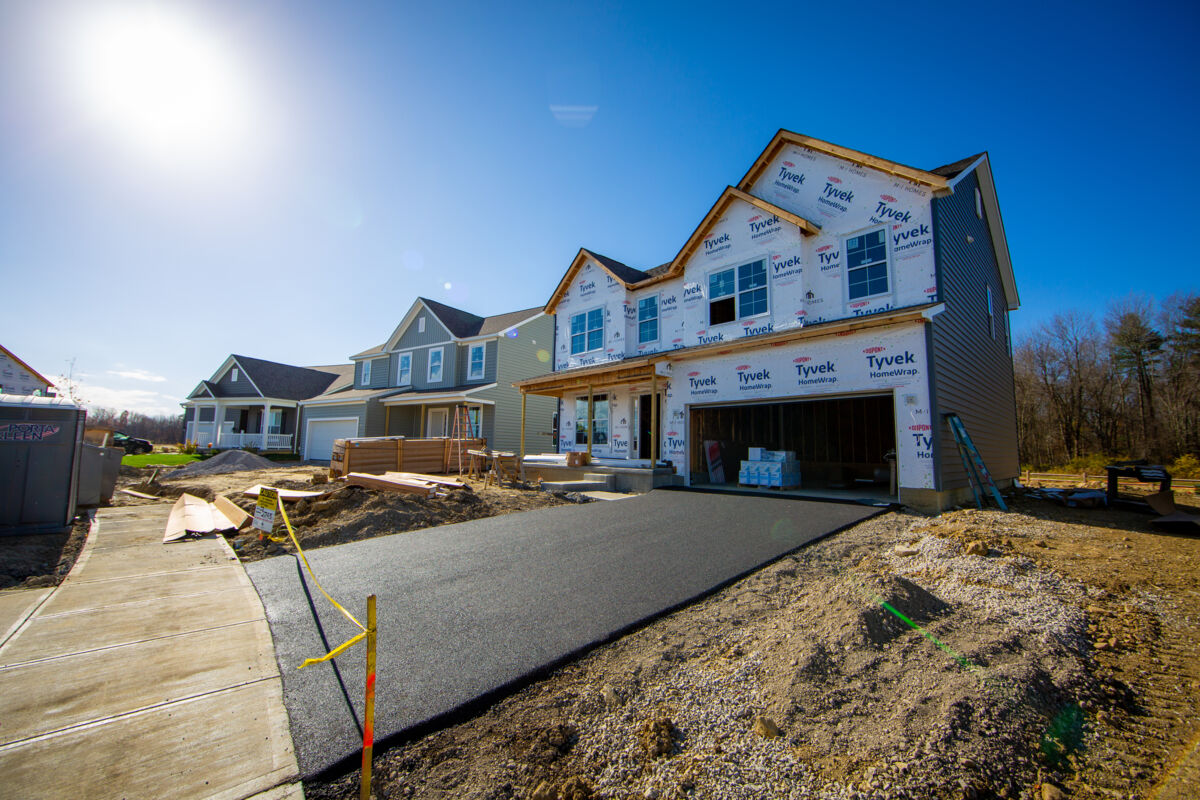



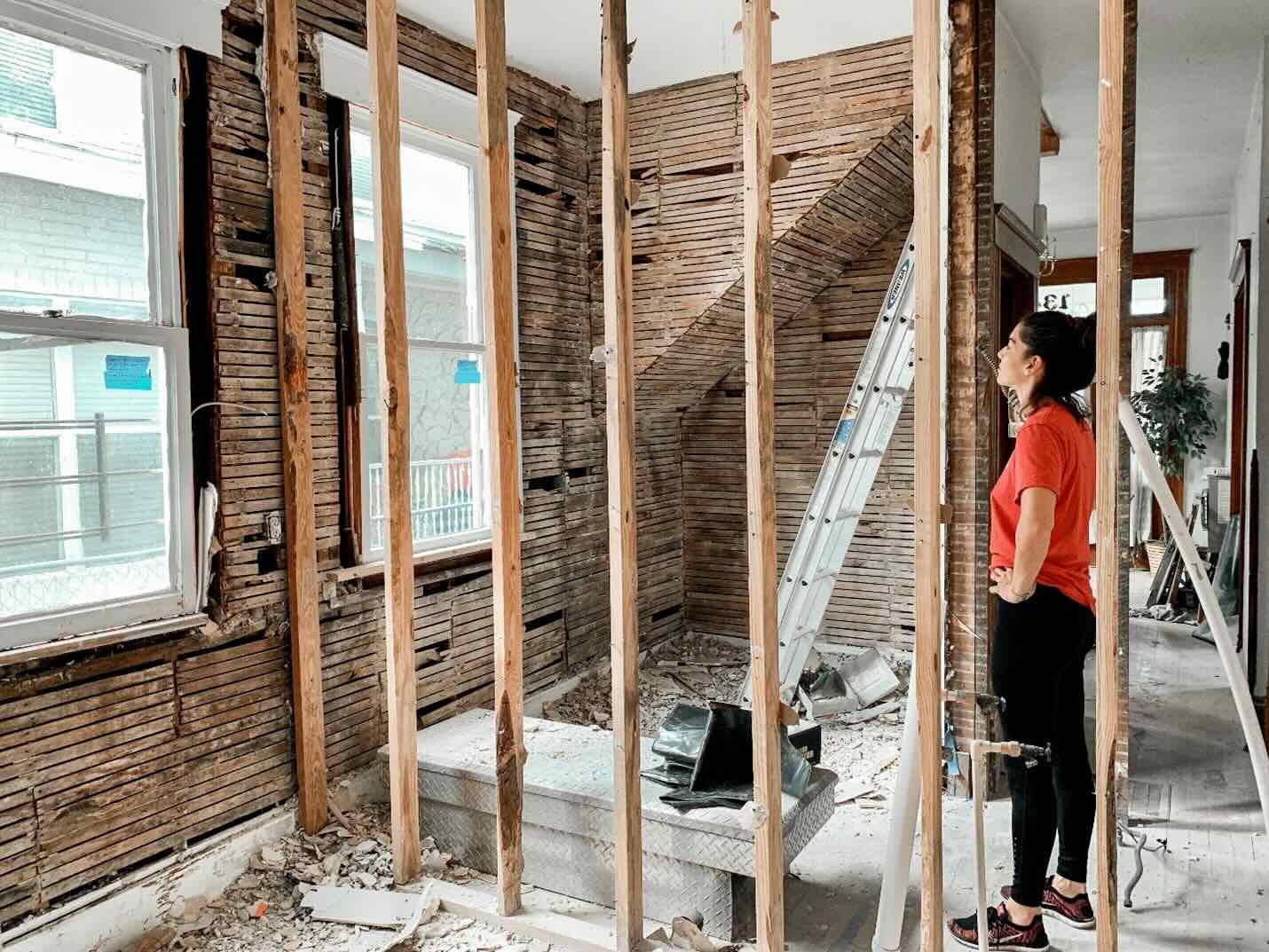
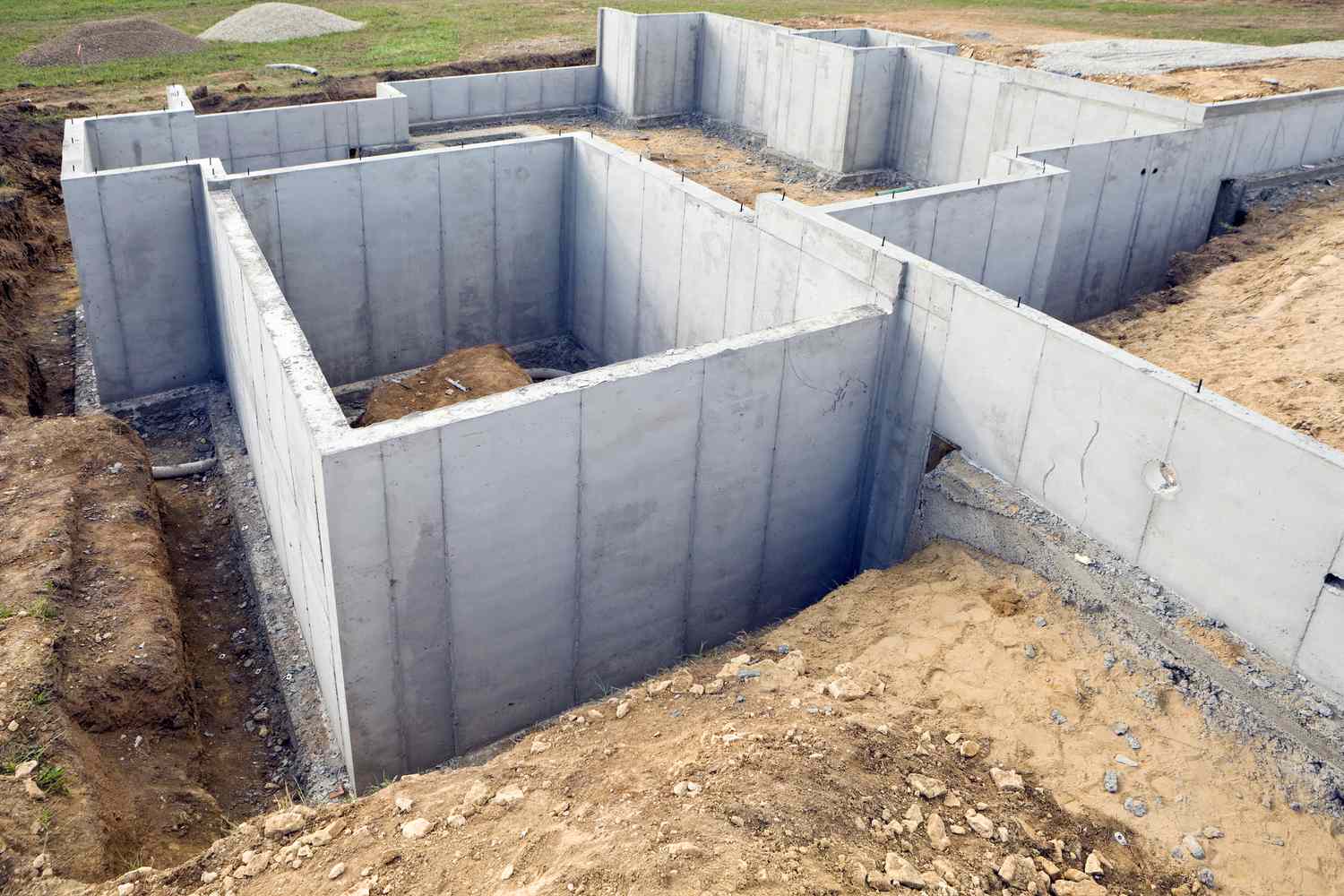

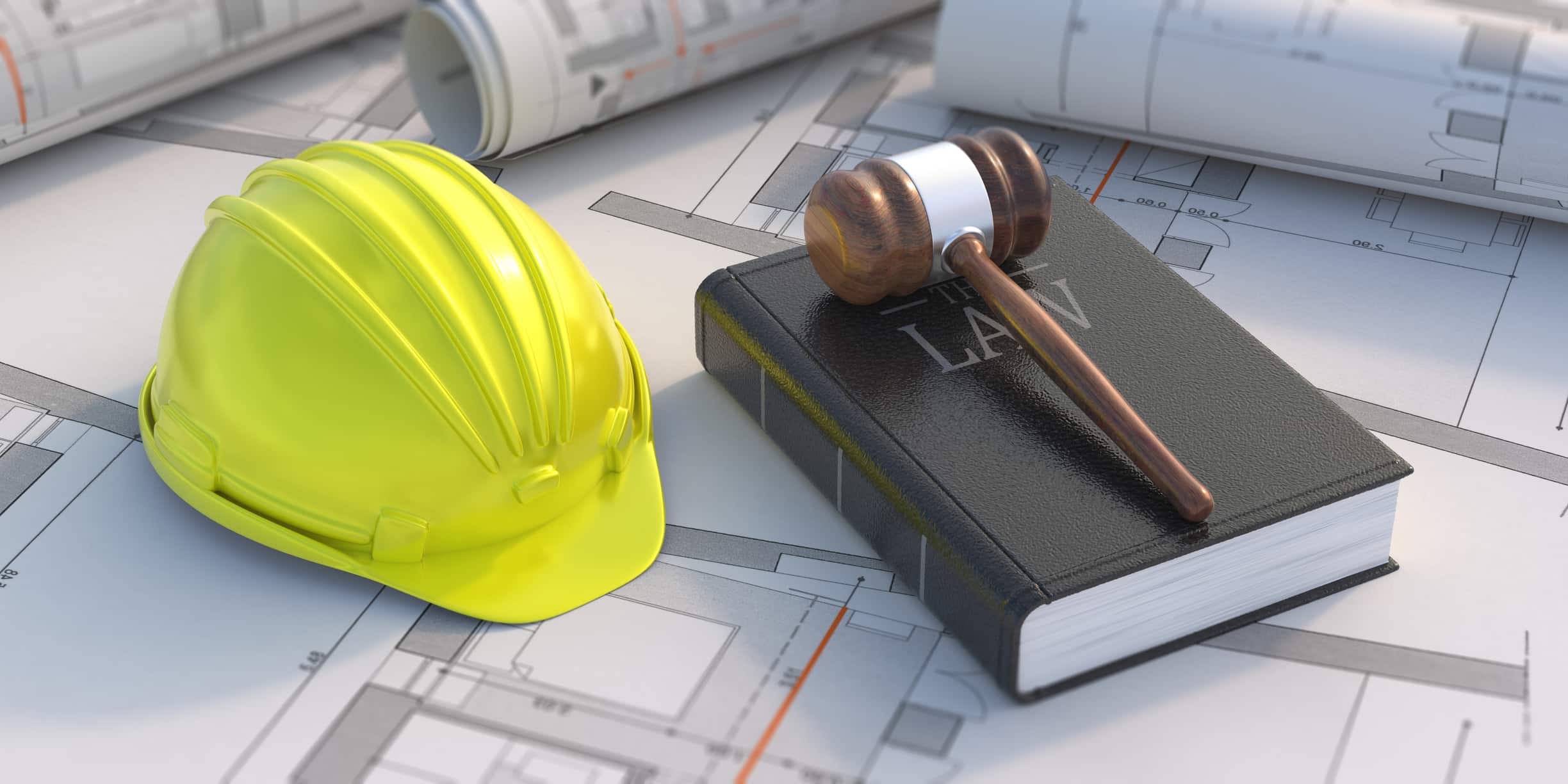


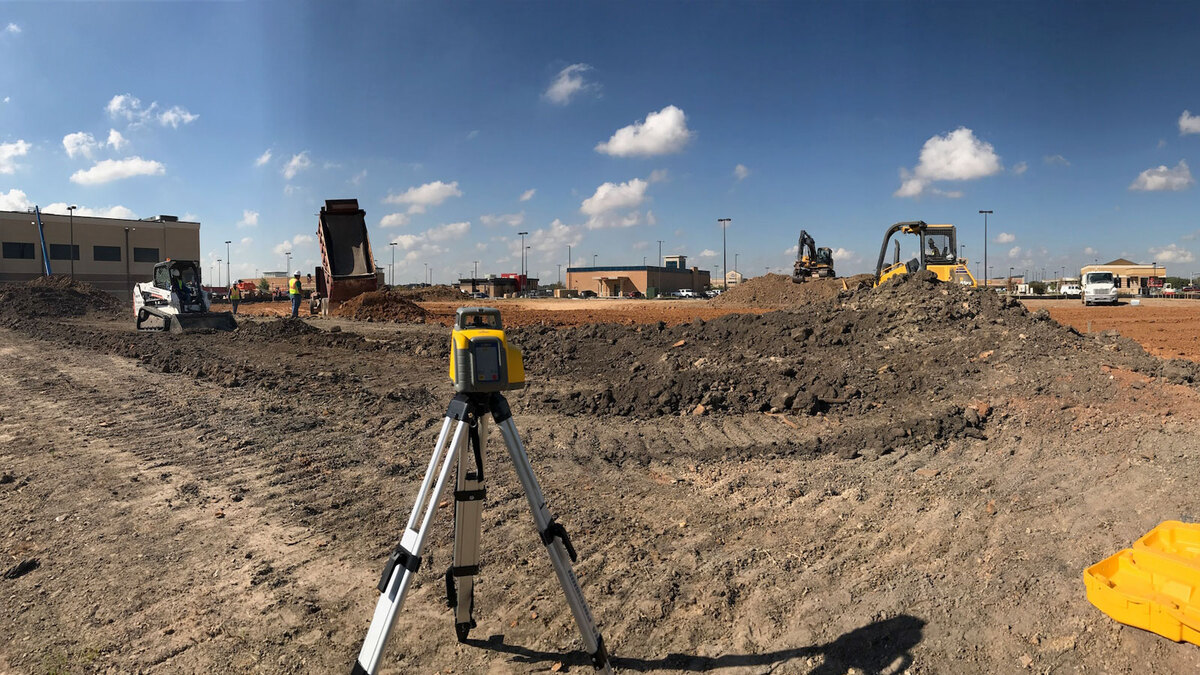

0 thoughts on “What Is OAC In Construction”